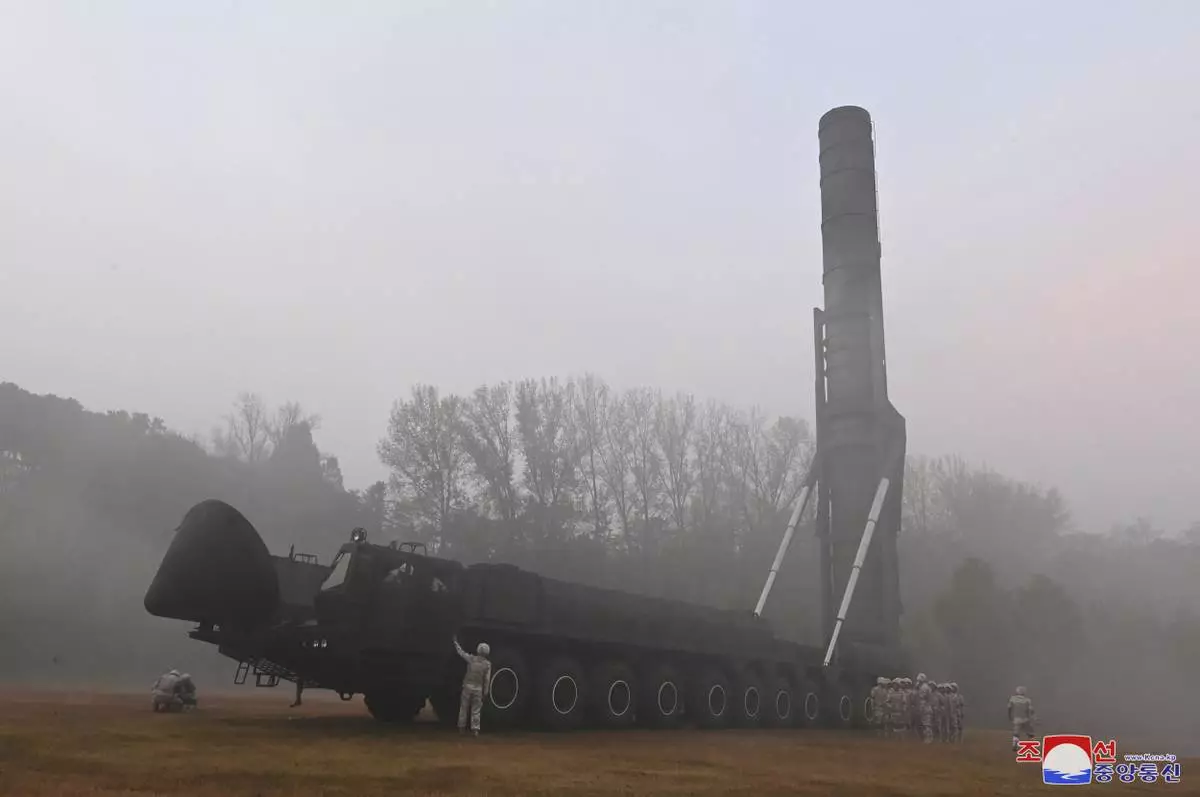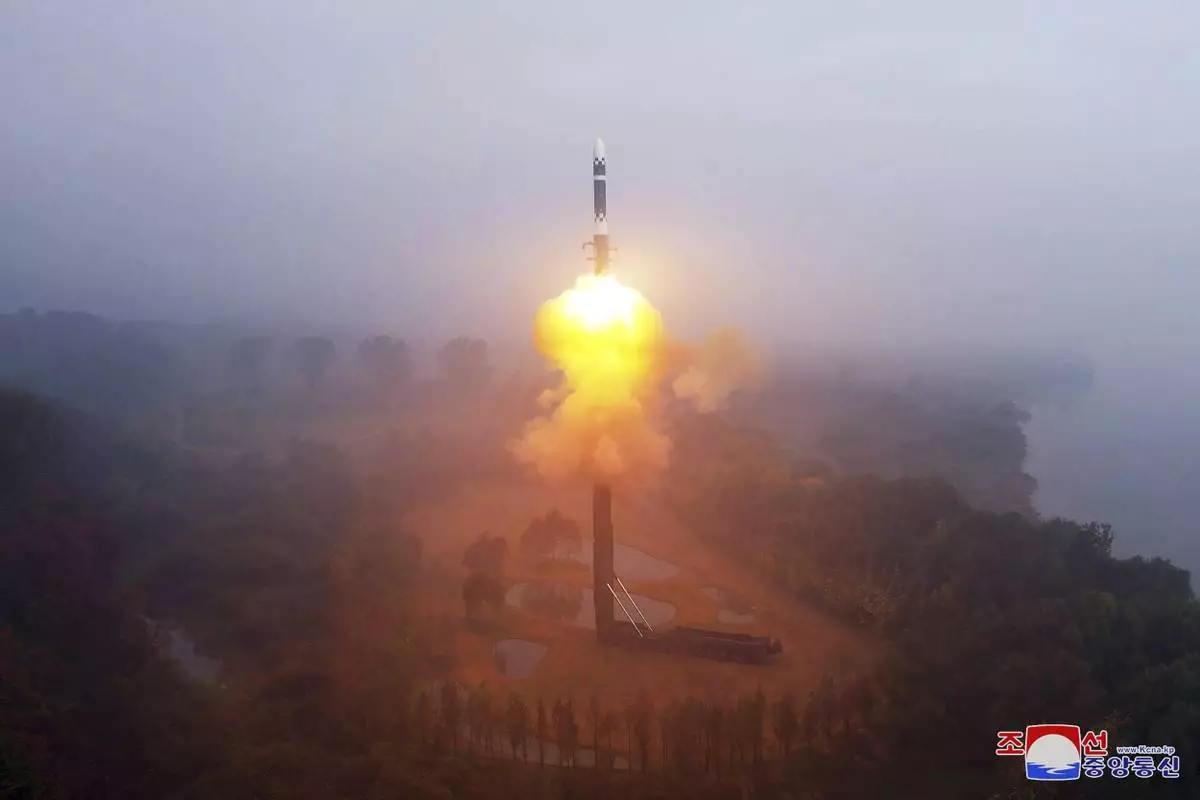HANOI, Vietnam--(BUSINESS WIRE)--May 16, 2024--
Global IT technology firm FPT Corporation has been ranked in Asia’s top 50 IT services companies and top 150 globally by revenue, according to Gartner Market Share: Services, Worldwide, 2023. This marks FPT as the first Vietnam-headquartered tech firm to reach this milestone, underscoring the Corporation’s commitment to expanding its global customer base as well as providing comprehensive, end-to-end services and solutions.
This press release features multimedia. View the full release here: https://www.businesswire.com/news/home/20240515467792/en/
According to Gartner ® Market Share: Services, Worldwide report, FPT generated over USD 1 billion in revenue from its global IT services in 2023. The Corporation now ranks 44th in Asia, up 8 places from the previous year. In the global league, FPT also changed 14 positions.
Beyond this segment, FPT’s total revenue reached USD 2.17 billion from its core businesses in technology, telecommunications, and education and investment, marking a growth rate of 19.6%. The growth was primarily driven by the world’s heightened demand for digital transformation, which continued to be one of FPT’s most highly sought-after services globally, with a 42% year-on-year increase in revenue. Additionally, the Japanese market saw the largest growth of over 52% in 2023, in terms of Japanese Yen, followed closely by the Asia-Pacific region with a 37.7% growth.
In 2023, FPT expanded its global footprint by opening new offices in the Americas, Japan, Korea, China, and Indonesia and making strategic investments and acquisition deals with Landing AI, Intertec International, Cardinal Peak, and AOSIS, as well as strengthening partnerships with industry leaders like SAP, Microsoft, AWS, Salesforce, and Adobe. It also enhanced expertise and core competencies in various domains, such as cloud and data, ERP modernization, healthcare, BFSI, energy and software-defined vehicles (SDVs), with the launch of FPT Automotive, an automotive technology subsidiary headquartered in the United States.
“Having entered the league of global billion-dollar IT service providers, FPT Corporation remains steadfast in our commitment to delivering high-value services and solutions to our global customers. We will go ‘all-in’ on our rapidly growing sectors like AI, Automotive, Healthcare, BFSI, Renewable Energy and Semiconductor. At the same time, we will continue to accelerate initiatives in Digital and Green Transformation across the Corporation,” said FPT EVP and FPT Software CEO Pham Minh Tuan.
In the first quarter of 2024, FPT recorded revenue and profit before tax year-on-year growths of 20.6% and 19.5%, respectively. Looking forward, it aims for increases of 17.5% in revenue and 18.2% in profit before tax for 2024. By 2030, FPT aims to achieve 5 billion USD in revenue from IT services for the global market, solidifying its stature as a world-class technology solutions provider.
Gartner, Market Share: Services, Worldwide, 2023, 12 April 2024
GARTNER is a registered trademark and service mark of Gartner, Inc. and/or its affiliates in the U.S. and internationally and is used herein with permission. All rights reserved. Gartner does not endorse any vendor, product or service depicted in its research publications, and does not advise technology users to select only those vendors with the highest ratings or other designation. Gartner research publications consist of the opinions of Gartner’s research organization and should not be construed as statements of fact. Gartner disclaims all warranties, expressed or implied, with respect to this research, including any warranties of merchantability or fitness for a particular purpose.
About FPT Corporation
FPT Corporation (FPT) is a globally leading technology and IT services provider headquartered in Vietnam. FPT operates in three core sectors: Technology, Telecommunications, and Education. During over three decades of development, FPT has constantly provided practical and effective products to millions of people and tens of thousands of business and non-business organizations worldwide, establishing Vietnam’s position on the global tech map. Keeping up with the latest market trends and emerging technologies, FPT has developed the Made-by-FPT ecosystem of services, products, solutions, and platforms, which enables sustainable growth for organizations and businesses and offers distinctive experiences to customers. In 2023, FPT recorded a total revenue of USD 2.17 billion and 48,000+ employees. For more information, please visit https://fpt.com/en.


(Graphic: Business Wire)
SEOUL, South Korea (AP) — North Korea on Friday bragged of its recently tested new intercontinental ballistic missile, calling it “the world’s strongest,” a claim viewed by outside experts as propaganda though the test showed an advancement in the North's quest to build a more reliable weapons arsenal.
A missile launched by North Korea on Thursday flew higher and stayed in the air for a longer duration than any other weapon the country had so far fired. It signaled that the North has achieved progress in acquiring a nuclear-armed ICBM that can hit the U.S. mainland. But foreign experts assess that the country has still a few remaining technological issues to master before acquiring such a functioning ICBM.
On Friday, the North’s Korean Central News Agency identified the missile as “Hwasong-19” ICBM and called it “the world’s strongest strategic missile” and “the perfected weapon system.”
KCNA said leader Kim Jong Un observed the launch, describing it as “an appropriate military action” to express North Korea’s resolve to respond to its enemies’ moves that escalated tensions and threats to North Korea’s national security. It said Kim thanked weapons scientists for demonstrating North Korea’s “matchless strategic nuclear attack capability.”
South Korea’s military earlier said that North Korea could have tested a solid-fueled missile but Friday’s KCNA dispatch didn’t say what propellant the Hwasong-19 ICBM uses. Observers say the color of exhaust flames seen in North Korean media photos on the launch still suggest the new ICBM uses solid fuels.
Before Thursday’s test, North Korea’s most advanced ICBM was known as the “Hwasong-18” missile which uses solid fuels. Pre-loaded solid propellants make it easier to move missiles and require much less launch preparation times than liquid propellants that must be fueled before liftoffs. So it’s more difficult for opponents to detect launches by solid-fuel missiles.
In recent years, North Korea has reported steady advancement in its efforts to obtain nuclear-tipped missiles. Many foreign experts believe North Korea likely has missiles that can deliver nuclear strikes on all of South Korea, but it has yet to possess nuclear missiles that can travel to the mainland U.S.
There are questions on whether North Korea has acquired the technology to shield warheads from the high-temperature, high-stress environment of atmospheric reentry. Many foreign analysts say North Korea also must have improved altitude control and guidance systems for missiles. They say North Korea needs an ability to place multiple warheads on a single missile to defeat its rivals’ missile defenses.
All of North Korea’s known ICBM tests, including Thursday’s, have been performed on steep angles to avoid neighboring countries. South Korean military spokesperson Lee Sung Joon said Thursday that a high-angel trajectory launch cannot verify a missile’s re-entry vehicle technology, though North Korea has previously claimed to have acquired that technology.
Observers say that Thursday's launch, the North's first ICBM test in almost a year, was largely meant to grab American attention days before the U.S. presidential election and respond to international condemnation over North Korea's reported dispatch of troops to Russia to support its war against Ukraine.
North Korea's reported troop dispatch highlights the expanding military cooperation between North Korea and Russia. South Korea. the U.S. and others worry North Korea might seek high-tech, sensitive Russian technology to perfect its nuclear and missile programs in return for joining the Russian-Ukraine war.
__
Associated Press writer Kim Tong-hyung contributed to this report.

This photo provided by the North Korean government, shows what it says a test launch of new intercontinental ballistic missile "Hwasong-19" at an undisclosed place in North Korea Thursday, Oct. 31, 2024. Independent journalists were not given access to cover the event depicted in this image distributed by the North Korean government. The content of this image is as provided and cannot be independently verified. Korean language watermark on image as provided by source reads: "KCNA" which is the abbreviation for Korean Central News Agency. (Korean Central News Agency/Korea News Service via AP)

This photo provided by the North Korean government, shows what it says a test launch of new intercontinental ballistic missile "Hwasong-19" at an undisclosed place in North Korea Thursday, Oct. 31, 2024. Independent journalists were not given access to cover the event depicted in this image distributed by the North Korean government. The content of this image is as provided and cannot be independently verified. Korean language watermark on image as provided by source reads: "KCNA" which is the abbreviation for Korean Central News Agency. (Korean Central News Agency/Korea News Service via AP)

This photo provided by the North Korean government, shows what it says a test launch of new intercontinental ballistic missile "Hwasong-19" at an undisclosed place in North Korea Thursday, Oct. 31, 2024. Independent journalists were not given access to cover the event depicted in this image distributed by the North Korean government. The content of this image is as provided and cannot be independently verified. Korean language watermark on image as provided by source reads: "KCNA" which is the abbreviation for Korean Central News Agency. (Korean Central News Agency/Korea News Service via AP)














